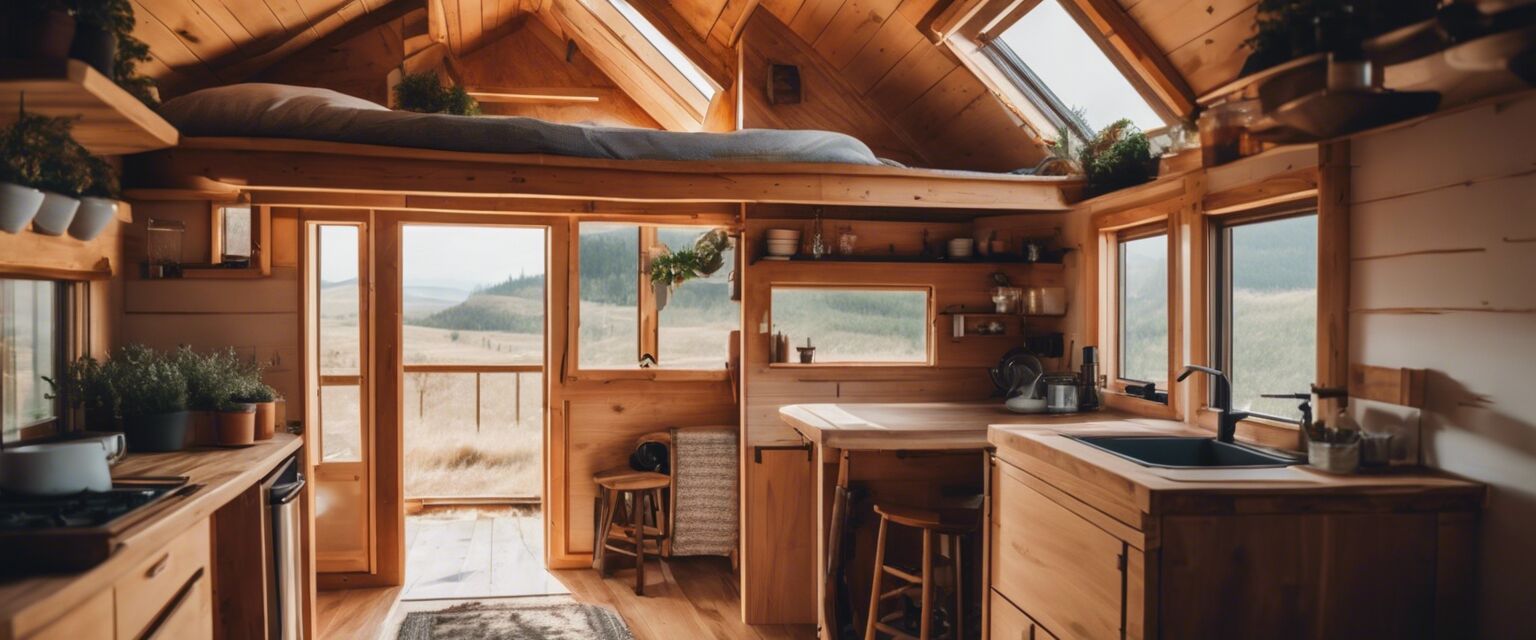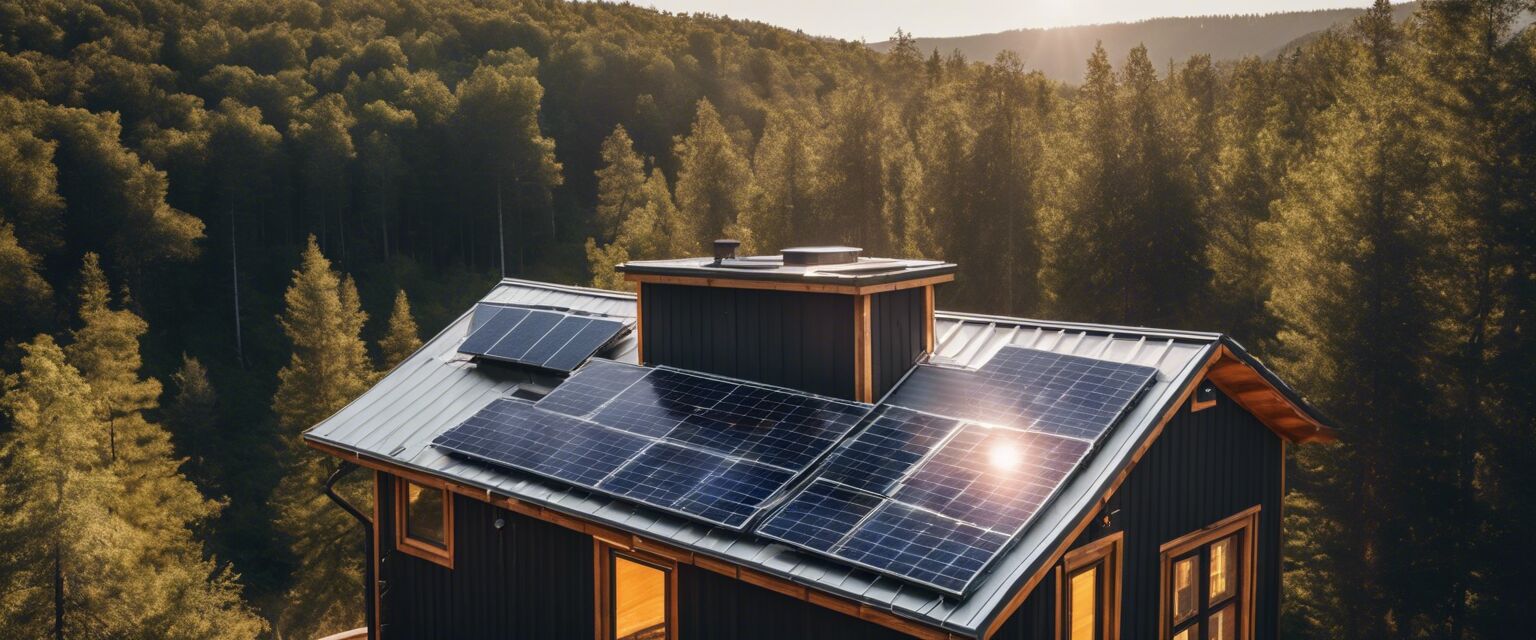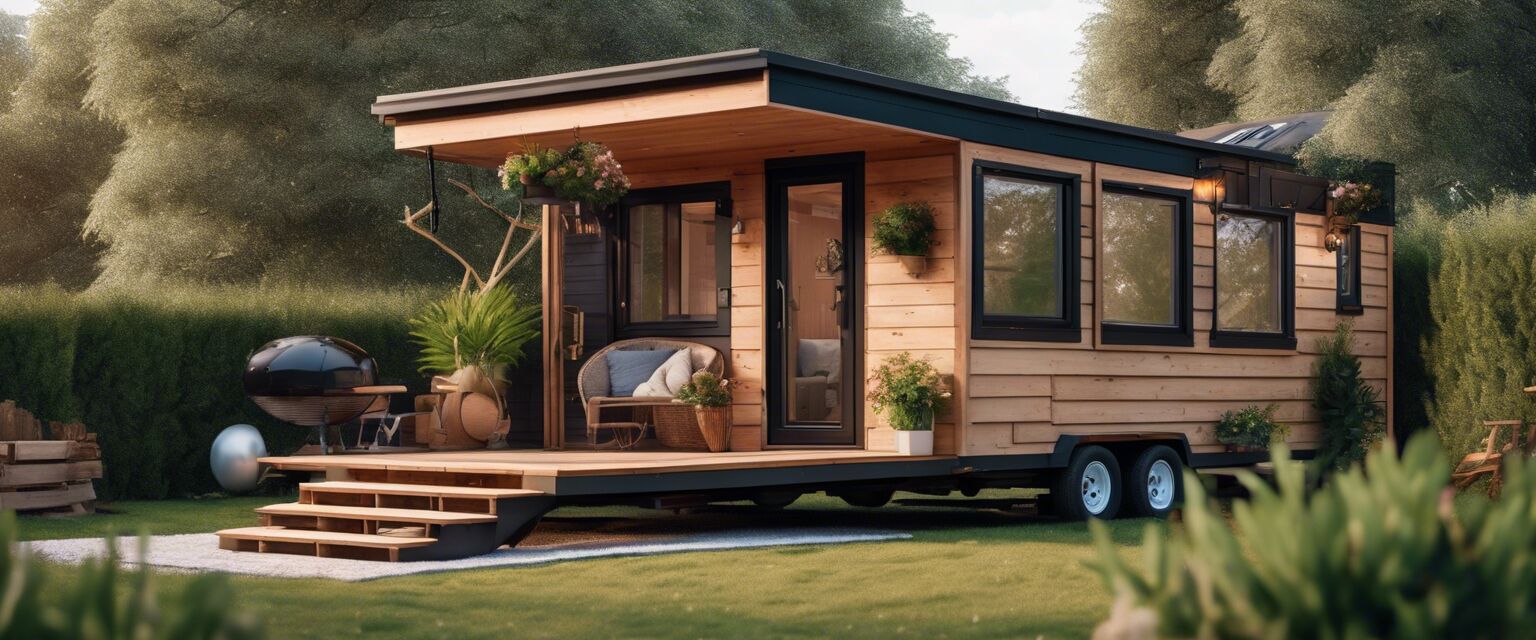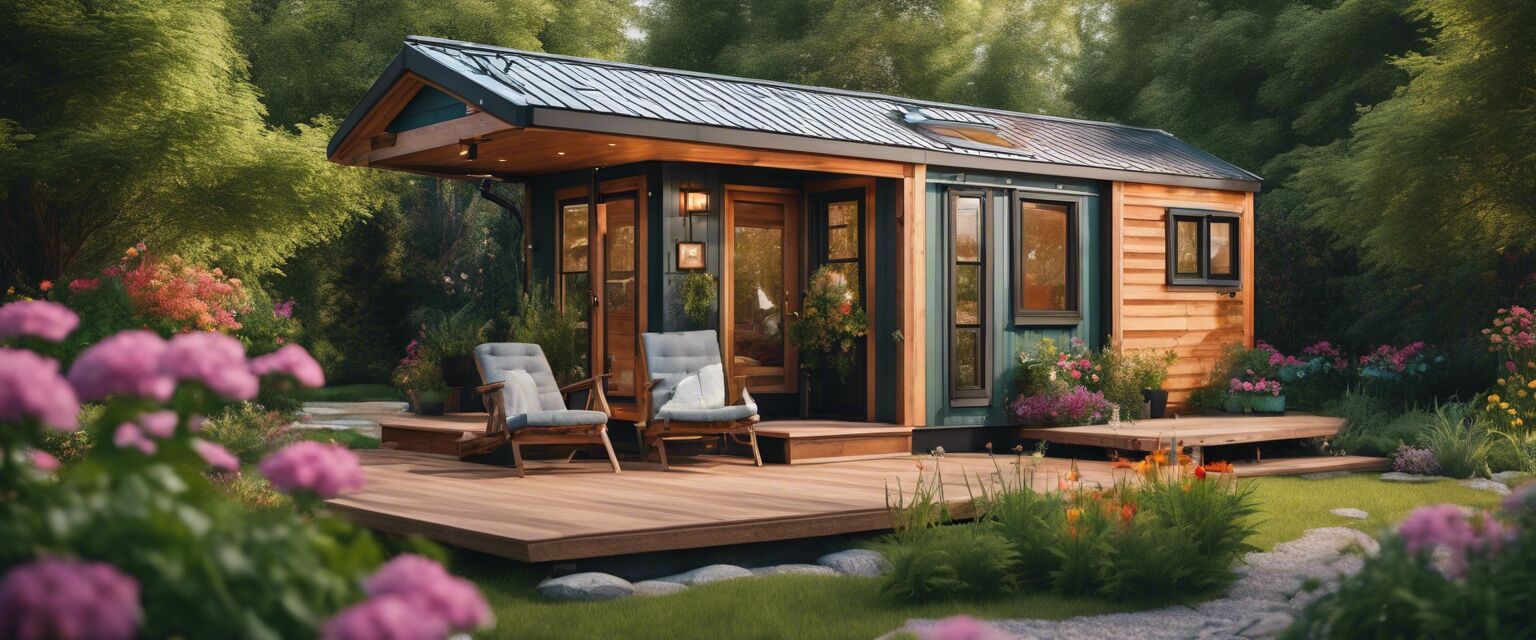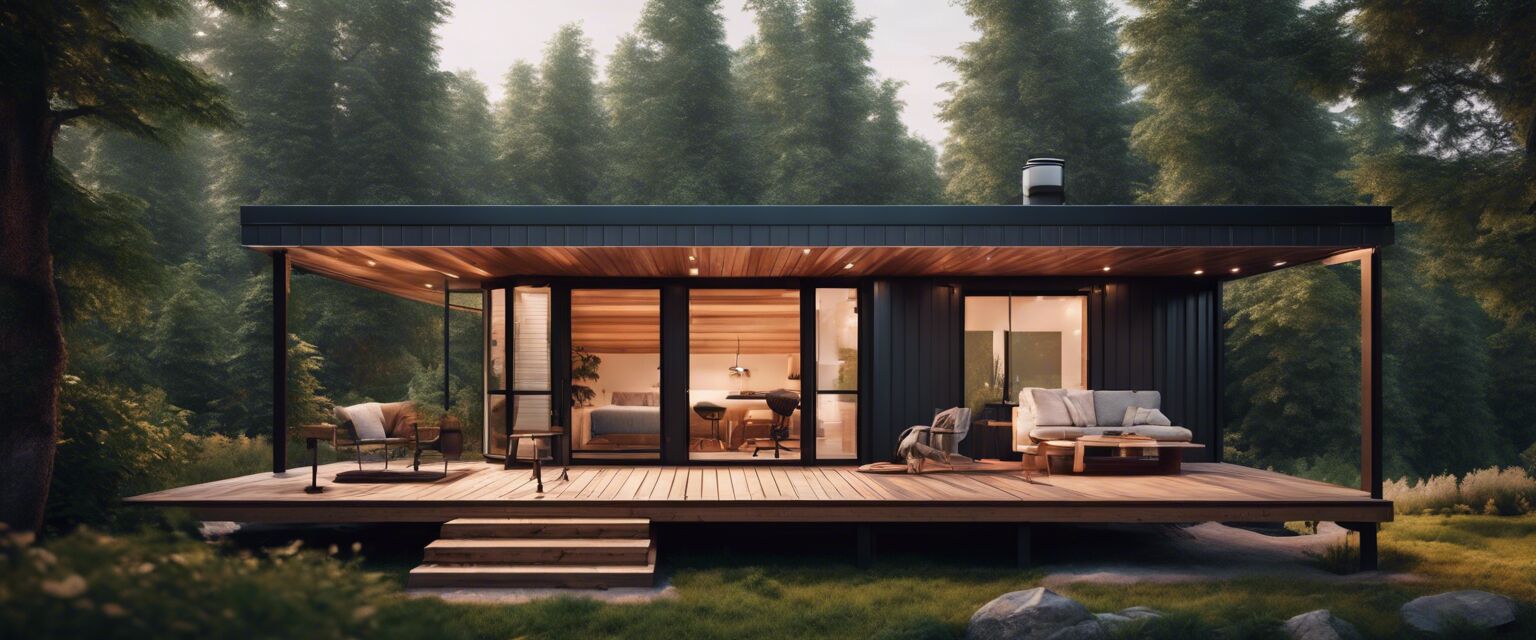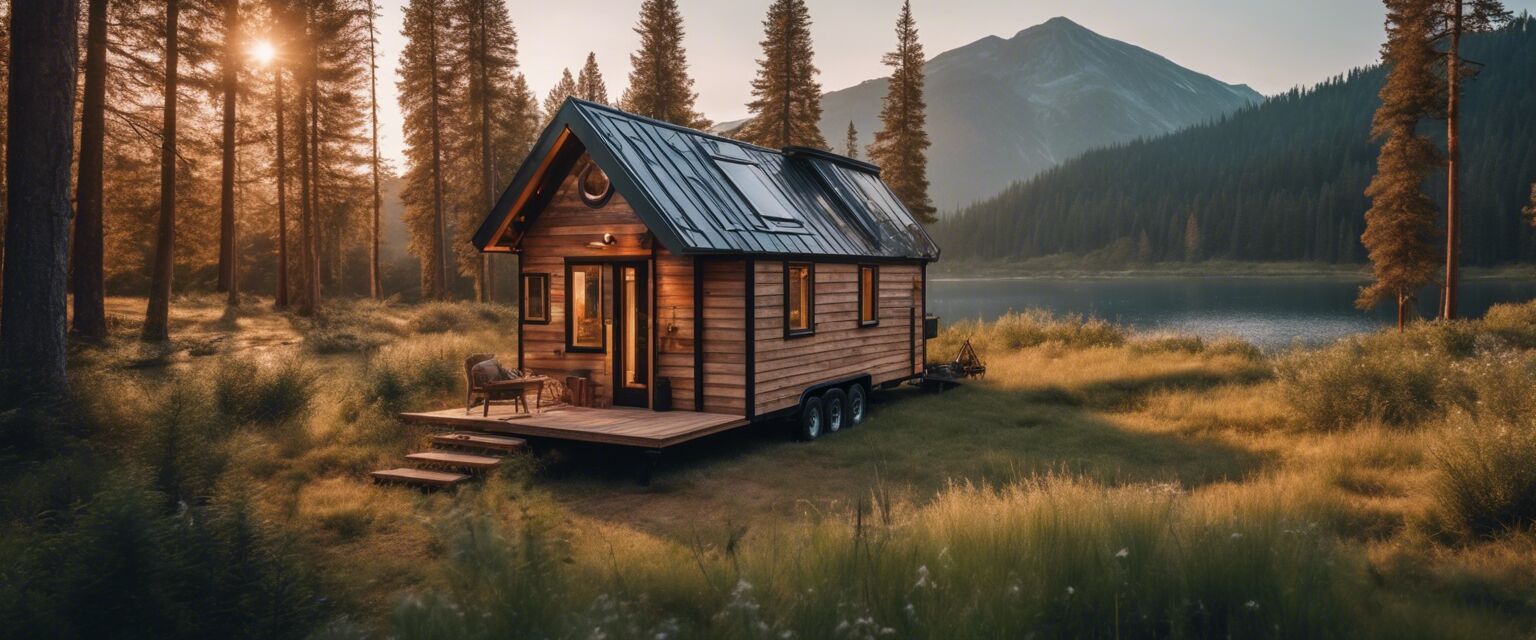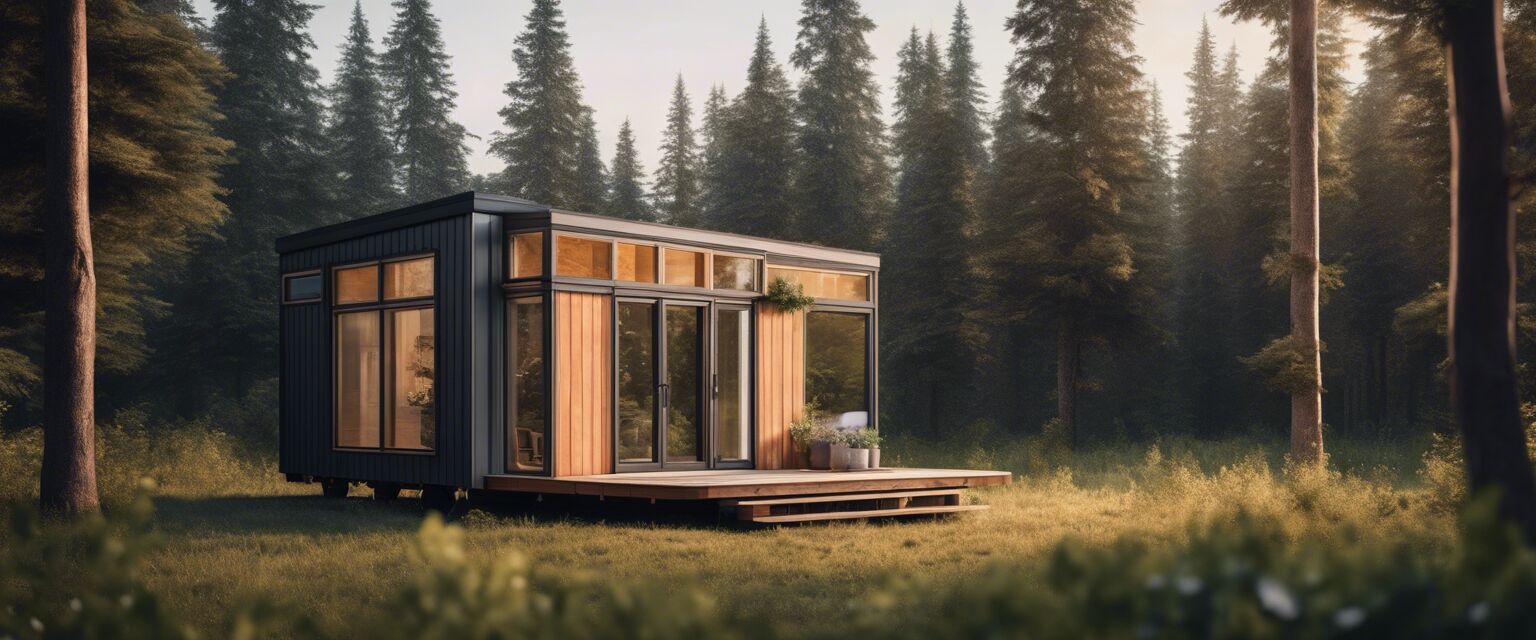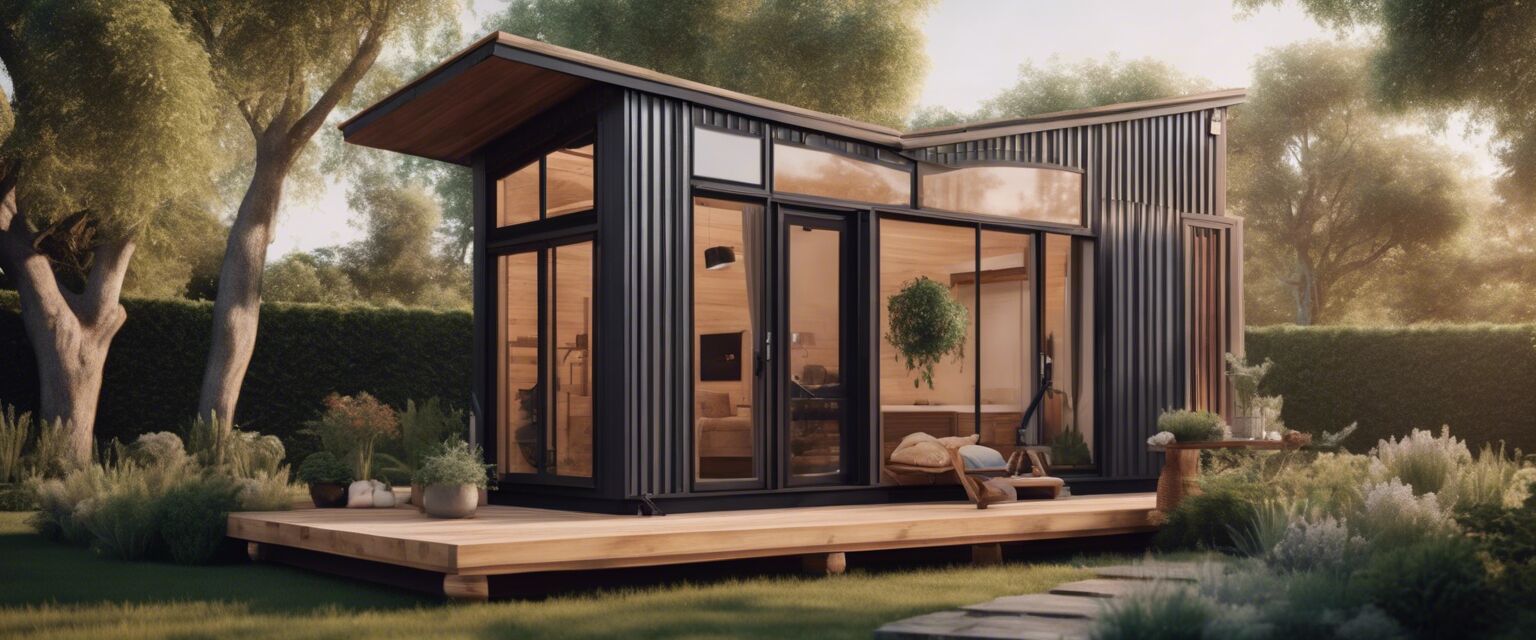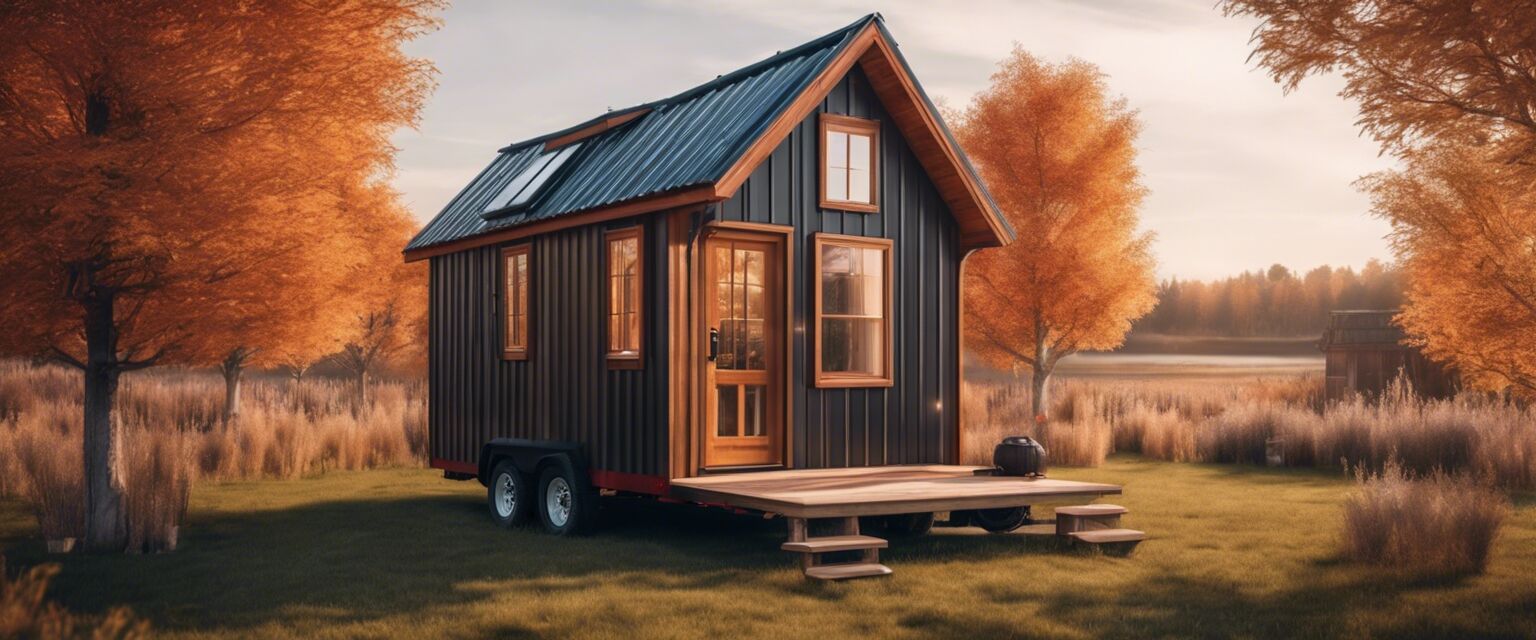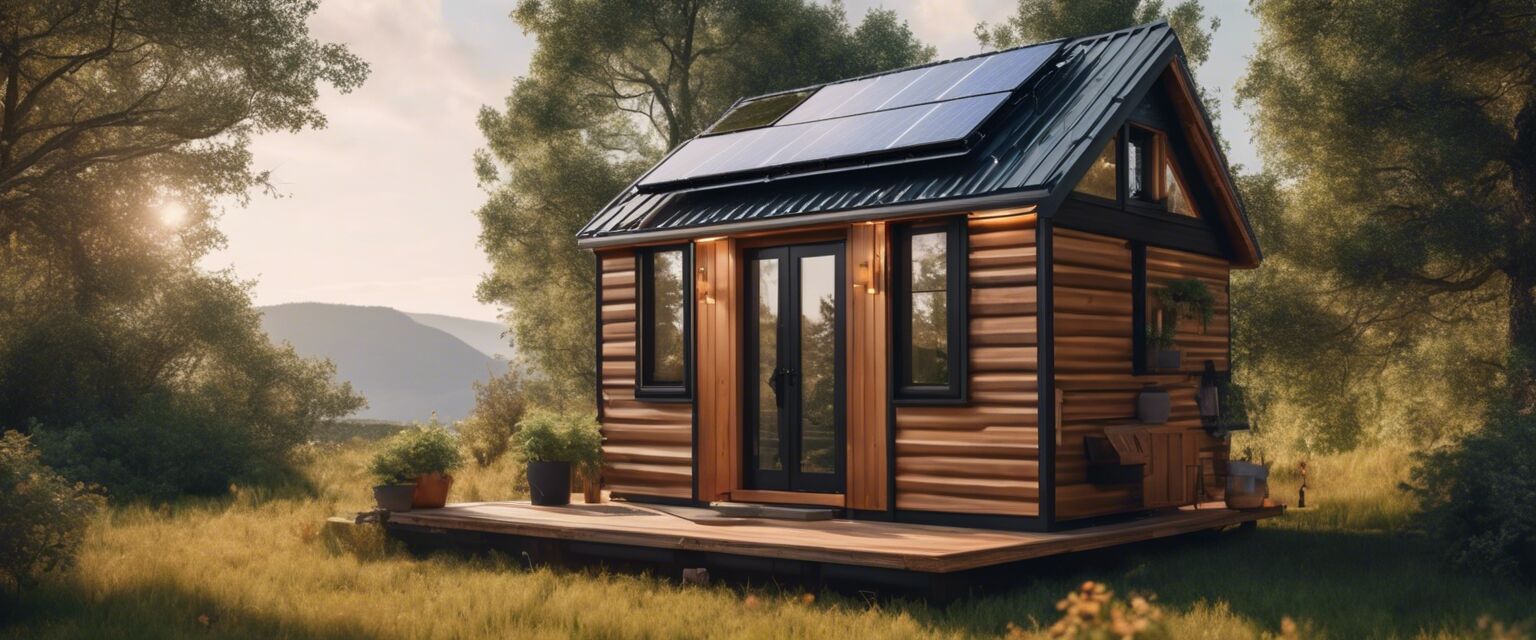
Off-Grid Tiny House Kits
Key Takeaways
- Off-grid tiny house kits offer sustainable living solutions.
- Features often include solar panels, composting toilets, and rainwater collection systems.
- Ideal for those seeking independence from traditional utilities.
- Various styles and designs are available to fit different lifestyles.
- Consider factors like location, climate, and local building codes before purchasing.
Off-grid tiny house kits have taken the world by storm as more individuals seek sustainable living options. These kits provide everything needed to create eco-friendly, self-sufficient homes, minimizing reliance on traditional utilities. In this article, we'll explore the best features, benefits, and considerations when selecting an off-grid tiny house kit.
What is an off-grid tiny house?
An off-grid tiny house is a compact living space designed to function independently from municipal utilities. These homes often incorporate renewable energy sources, such as solar panels, and utilize water-saving systems like rainwater collection and composting toilets. Living off-grid not only promotes sustainability but also fosters a deeper connection to nature.
Features of off-grid tiny house kits
Off-grid tiny house kits come with a range of features designed to support sustainable living. Below, we highlight some of the most common components:
| Feature | Description |
|---|---|
| Solar Panels | Convert sunlight into electricity, providing power for appliances and lighting. |
| Composting Toilets | Eco-friendly toilets that decompose waste naturally, reducing water usage. |
| Rainwater Collection Systems | Capture and store rainwater for household use, promoting water conservation. |
| Energy-Efficient Appliances | Smaller appliances designed to use less energy, perfect for tiny homes. |
| Insulation | High-quality insulation materials to maintain temperature and reduce energy costs. |
Benefits of off-grid tiny house living
Choosing an off-grid tiny house can lead to numerous benefits, including:
- Sustainability: Reduce your carbon footprint and live in harmony with nature.
- Cost savings: Save on energy bills and reduce mortgage costs with a smaller footprint.
- Independence: Enjoy the freedom of living without reliance on city utilities.
- Minimalism: Embrace a simpler lifestyle by downsizing your possessions.
- Connection to nature: Experience the beauty of your surroundings in a more intimate way.
Considerations before buying an off-grid tiny house kit
Before diving into the world of off-grid living, it's essential to consider several factors:
- Location: Choose a site that is suitable for off-grid living, with access to sunlight, water, and natural resources.
- Building Codes: Research local regulations and zoning laws to ensure your tiny house is compliant.
- Climate: Consider how the local climate will affect your off-grid systems, such as heating and cooling needs.
- Budget: Determine your budget not just for the kit, but also for land, permits, and utilities.
- Design: Think about your lifestyle and how you want your space to function.
Popular off-grid tiny house kits
There are numerous off-grid tiny house kits available, each with unique features and designs. Below is a comparison table of some popular options:
| Kit Name | Size (sq ft) | Price Range | Key Features |
|---|---|---|---|
| EcoTiny | 200 | $20,000 - $25,000 | Solar-ready, composting toilet, rainwater system |
| GreenNest | 300 | $30,000 - $35,000 | Energy-efficient appliances, high insulation |
| Nomad Cabin | 400 | $40,000 - $50,000 | Expandable design, solar panels included |
| Rustic Retreat | 450 | $45,000 - $55,000 | Wooden finish, off-grid utilities |
| Simple Shelter | 250 | $25,000 - $30,000 | DIY kit, customizable layout |
Getting started with off-grid living
Transitioning to off-grid living can be an exciting journey. Here are some steps to help you get started:
Tips for beginners
- Start small: Consider starting with a tiny house on wheels to test the lifestyle.
- Educate yourself: Read books and join online communities focused on off-grid living.
- Plan your systems: Determine how you will generate power, collect water, and manage waste.
- Connect with like-minded individuals: Attend workshops or local meet-ups to learn from others.
- Document your journey: Keep track of your experiences, challenges, and successes.
Conclusion
Off-grid tiny house kits represent a remarkable opportunity for those seeking a sustainable lifestyle. With the right planning and resources, you can create a self-sufficient home that aligns with your values and desires. Explore our other categories, such as DIY tiny home kits, eco-friendly tiny homes, and luxury tiny house kits to find more options that suit your needs.
Pros
- Environmentally friendly living option
- Lower living costs
- Personalized design and layout
- Ability to live in remote locations
Cons
- Initial setup costs can be high
- Requires regular maintenance
- May face zoning and permit challenges
- Limited space may not suit everyone's needs
